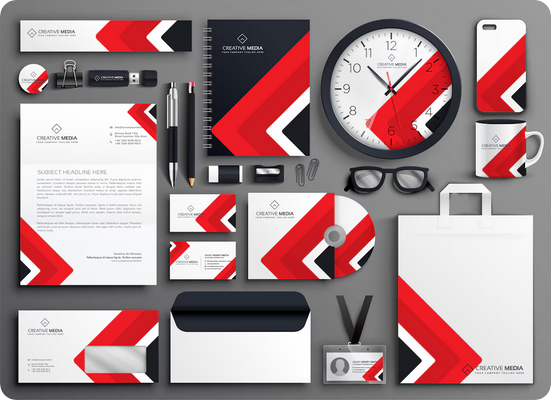Every organization begins with an idea — but what gives that idea shape, voice, and presence is its identity. In a world where every startup, nonprofit, or creative initiative competes for attention, understanding how to express purpose visually and emotionally has become vital. To explore how professionals craft that connection, see Brand identity design services — an insightful look into the process of building a brand from the inside out.
Identity as the Foundation of Meaningful Growth
A brand is more than a logo or color scheme; it’s a promise. For emerging ventures, communities, or initiatives like those supported by Hatch Utah, brand identity becomes the cornerstone of communication. It tells people who you are, what you believe in, and why they should care.
When crafted intentionally, identity design brings clarity — not just to the audience, but to the organization itself. It defines tone, aligns values, and turns vision into something tangible. This clarity helps attract the right partners, clients, and supporters who resonate with the same mission.

The Intersection of Design and Purpose
Good design is never decoration; it’s direction.
In brand identity, design decisions carry psychological weight — color choices evoke emotions, typography builds personality, and layout establishes trust.
For community-driven organizations, the challenge is balancing authenticity with adaptability. A brand must be flexible enough to evolve while staying grounded in its founding purpose. Whether it’s a small Utah-based startup or a local educational initiative, a well-defined identity becomes the visual language through which values are communicated every day.
How Identity Shapes Trust and Connection
People connect with clarity. When audiences encounter a consistent tone, message, and visual language across every touchpoint, trust grows naturally.
From the look of a social post to the way a team presents itself at community events, every detail contributes to credibility. Over time, a strong brand identity doesn’t just attract attention — it sustains it. It makes people feel part of a shared story.
In communities where collaboration and innovation thrive, identity design serves as the glue that holds shared vision together. It helps local entrepreneurs and creators speak with one voice while still expressing their individuality.
Building a Culture Through Design
When we talk about “branding,” we often think of marketing. But in truth, identity is cultural — it shapes how teams think, how projects grow, and how organizations make decisions.
In Utah’s entrepreneurial ecosystem, where ideas often begin as community-driven solutions, this alignment between purpose and design creates cohesion. It transforms good intentions into recognizable impact. A unified visual and verbal identity makes it easier for communities to rally behind an idea — to see themselves reflected in its symbols and messages.

The Future of Brand Identity in a Connected World
As digital platforms blur the lines between local and global, the role of identity grows even more significant. It’s no longer enough to “stand out”; organizations must stand for something.
Modern brand identity design is a collaboration between storytelling, psychology, and design technology. It adapts across screens, events, and experiences — staying human while embracing innovation. For purpose-driven initiatives, it’s the bridge between vision and visibility.
Final Thoughts
A strong identity isn’t a luxury; it’s the architecture of connection. It empowers small ideas to grow, unites communities under a shared purpose, and gives meaning to innovation.
In places like Utah, where creativity meets collaboration, design is more than aesthetics — it’s a form of language. Through thoughtful brand identity, organizations find their voice, and through that voice, they build trust, culture, and a lasting sense of belonging.








